CrossFit
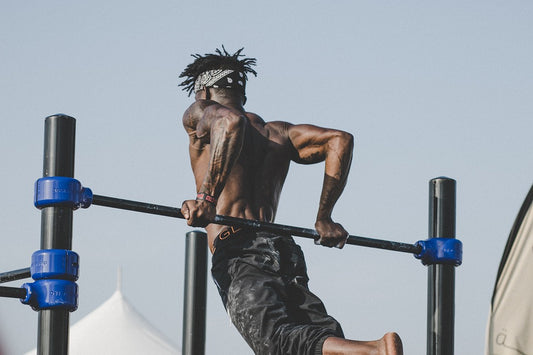
3 Advantages of Performing Toes to Bar Cross Tr...
Some of the top CrossFit athletes display amazing levels of abdominal training and core strength. When you get an opportunity to watch CrossFit games, you will undoubtedly see some of...
3 Advantages of Performing Toes to Bar Cross Tr...
Some of the top CrossFit athletes display amazing levels of abdominal training and core strength. When you get an opportunity to watch CrossFit games, you will undoubtedly see some of...
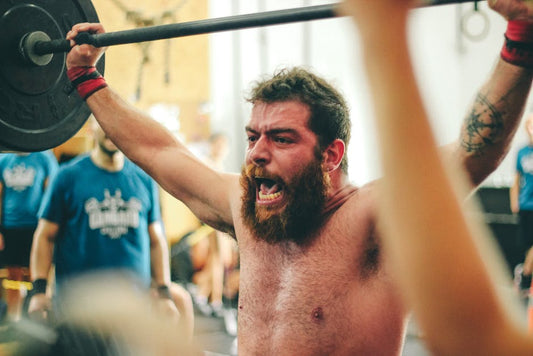
Training Traps to Avoid for Success in Cross Tr...
CrossFit training is a lifestyle and practically a never-ending journey. When you begin, you put goals which you want to achieve, but the moment you attain them, you quickly set...
Training Traps to Avoid for Success in Cross Tr...
CrossFit training is a lifestyle and practically a never-ending journey. When you begin, you put goals which you want to achieve, but the moment you attain them, you quickly set...
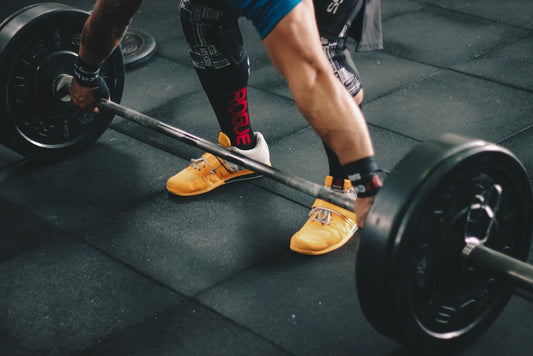
Cross Training Diet : Top 3 Gym-Performance Enh...
Are you the kind of athlete who is serious about what goes into your body and the impact this has on your physique? If yes, then the chances are high that...
Cross Training Diet : Top 3 Gym-Performance Enh...
Are you the kind of athlete who is serious about what goes into your body and the impact this has on your physique? If yes, then the chances are high that...
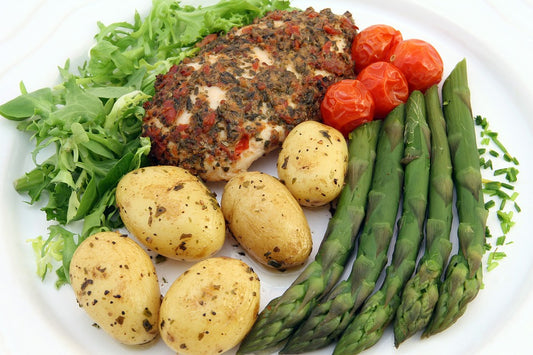
Cross Training Diet: What to Eat to Pack on Size
Many athletes in the CrossFit gym acknowledge that adding mass is synonymous with moving the weight a lot easier. Furthermore, people who have packed on size look stronger. Resistance training...
Cross Training Diet: What to Eat to Pack on Size
Many athletes in the CrossFit gym acknowledge that adding mass is synonymous with moving the weight a lot easier. Furthermore, people who have packed on size look stronger. Resistance training...

Cooling Down & Why It is Important after Your C...
It’s quite simple to dismiss the cool down after your lifting and to stretch as a complete waste of time. However, you should know that cooling down is a recommended...
Cooling Down & Why It is Important after Your C...
It’s quite simple to dismiss the cool down after your lifting and to stretch as a complete waste of time. However, you should know that cooling down is a recommended...
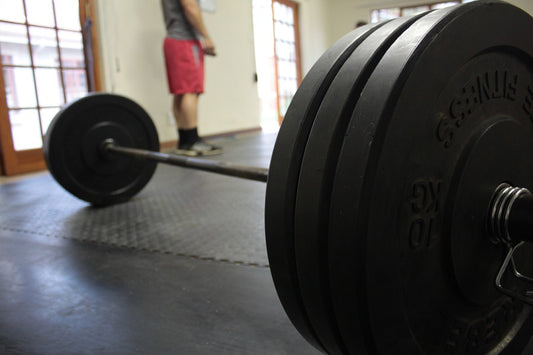
Cross Training Diet: Antioxidants that Optimize...
Free radicals can cause cell damage if not monitored. Basically, radicals originate from the body’s oxidation processes and are commonly associated with inflammation of the muscles, joints, and tendons. Antioxidants...
Cross Training Diet: Antioxidants that Optimize...
Free radicals can cause cell damage if not monitored. Basically, radicals originate from the body’s oxidation processes and are commonly associated with inflammation of the muscles, joints, and tendons. Antioxidants...

